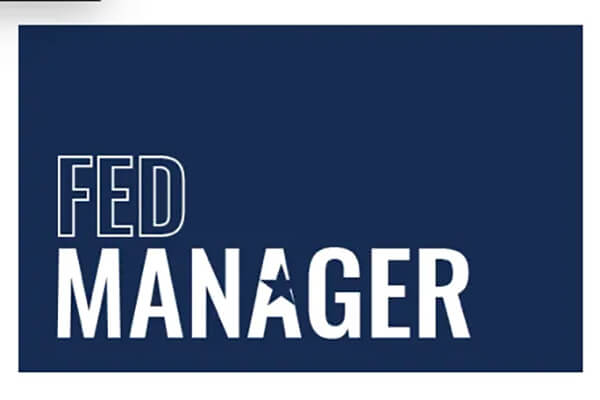NAFV Supports
Professionalism and expertise in federal service while promoting continuing education, teamwork and excellence.
NAFV founded in 1918 to support our members through the Foot and Mouth Disease eradication effort of 1929
What does a Federal Veterinarian do?
Federal veterinarians touch the lives of every American every day. Today’s veterinarians are the only doctors educated to protect the health of both animals and people. They work hard to address the health and welfare needs of every species of animal. Veterinarians also play critical roles in environmental protection, research, food safety, and public health. These dedicated professional apply their medical skills not in “private practice” but in “public practice“ in the service of every American through the many programs administered by the federal government.
What it's like to be a Federal Veterinarian
Externships with federal Agencies or NAFV National Office
Almost every federal Agency employs veterinarians. Your career in federal service can be a varied or narrow as you would like. Positions can be had from the Animal and Plant Health Inspection Service to the National Zoo. Find out what it's like working in these varies Agencies by applying for an externship. Or get an overview of all the Agencies as well as how the legislative process works with an externship with us, NAFV.
AVMA government relations student externships
The AVMA extern program pairs talented veterinary students together with the AVMA Government Relations Division for a four-week program that introduces the breadth of public policy issues facing the profession and provides hands-on lobbying experience with Capitol Hill legislators and staff.
Center for Public and Corporate Veterinary Medicine (CPCVM)
Veterinary medicine is a profession with wide-ranging opportunities, and whether you are a graduate veterinarian or aspire to become one, an exposure to the broad knowledge and skills needed for public and corporate practice will prepare you to adapt to society's changing needs as well as your own evolving career preferences. Established almost three decades ago, the Center has a long history of training veterinarians for careers beyond private clinical practice.
The objectives of the Am. Academy of Veterinary Preventative Medicine are to develop and improve standards and performance in the veterinary medicine profession through continued education by (1) providing graduate courses in the science and art of veterinary preventative medicine; (2) granting recognition of achievement in the field of veterinary preventative medicine, and (3) doing any and all things related to the furtherance of the veterinary medical profession. Webinars held monthly.

When meeting the needs of a challenging federal veterinary career and aspiring to greater leadership positions, Federal Veterinarians will inevitably collide with obstacles. NAFV helps our membership navigate such obstacles by developing a set of leadership and supervisory tools through our Leadership Development webinar series. These webinars provide members with strategies to effectively supervise and manage their subordinates. We also provide an introduction into SES Core Qualifications and present ways in which Federal Veterinarians can meet them.

Your ability to focus on your job and your family requires taking care of your basic needs, as identified in Maslow's Hierarchy of Needs. NAFV is endeavoring on helping our membership meet those basic needs to allow you to move up in the pyramid of needs. Meeting your current and future needs brings a sense of security. To this effect, our Financial Literacy series should help bring you that peace of mind with our smart financial and Federal Benefits management webinar series.
Being the best you can be in all aspects of your life requires the reduced stress that comes from knowing someone has your back. Sometimes just speaking with the NAFV attorney helps put things in focus from both sides of your professional life, supervisor or employee. Remember NAFV is officially an organization of Managers and Supervisors. As such we work for you supporting you in your manager/supervisor role or when necessary in your employee role.

This webinar series will explore the work-life balance concept. We will have short presentations and a time for discussion to learn what other people are experiencing. Believe it or not there are many opinions about work life balance and if it is even possible.

Introducing the One Health Security Act
To assess, prevent, prepare for, respond to, recover, and mitigate biological threats by establishing the One Health Security Council
PHP Summit OH Security Act 2023 copy
















